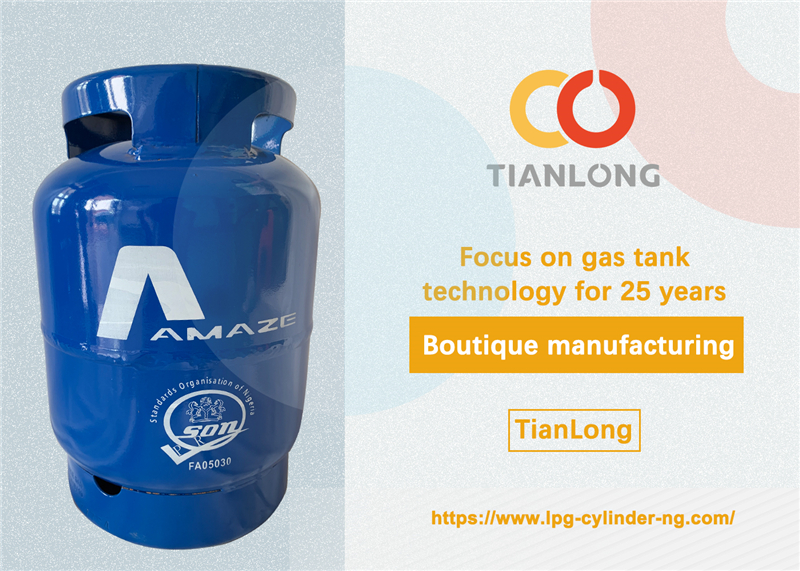
How to use liquefied gas safely in daily life? In the first half of 2020 alone, there were 237 gas leaks, explosions, and fire accidents nationwide, resulting in 55 deaths and 373 injuries. Among such accidents, nearly 80% of the accidents are due to: improper use of liquefied petroleum gas.

Liquefied petroleum gas (hereinafter referred to as liquefied petroleum gas) is a high-quality, high-efficiency, clean energy that brings many conveniences to our lives and meets our daily cooking and thermal energy needs. However, if used improperly, it is extremely prone to explosion hazards. So, how to use liquefied gas safely in daily life?
What is liquefied gas?
Liquefied petroleum gas is a by-product in the process of oil extraction and processing. A colorless gas and liquid mixture composed mainly of propane, propylene, butane, and butene is originally odorless. However, when we use liquefied gas in our lives, we often smell pungent odors. This is because of the safety of use and the addition of "odors". The odorization of liquefied gas helps people to detect and take measures in time when the liquefied gas leaks. Liquefied gas is flammable and explosive, and its explosion limit is 1.5% to 9.5%. When the concentration of liquefied gas is within this range, even if there is no open flame, it will explode if it encounters a certain amount of energy.
Liquefied Gas Cylinder
Liquefied gas cylinders are a widely used pressure vessel. According to the requirements of the national standard of "Liquefied Petroleum Gas Cylinders", the cylinders are made of smelted killed steel (completely deoxidized steel) and have a service life of 8 years. Steel cylinders that have reached the design service life can be used for a period of no more than one periodical inspection after passing the safety assessment. The date of manufacture of the cylinder is generally located on the cylinder guard, and some are located on the base of the cylinder. Cylinders are inspected every 4 years. To check whether the cylinders are within the validity period, just check the cylinder inspection marking ring.
At present, the specifications of liquefied gas cylinders used in large quantities in the market are mainly 15 kg and 45 kg cylinders. 15 kg cylinders are mostly used by civilian users and small restaurants, while 45 kg is basically used in restaurants, canteens and places requiring centralized gas supply.
When using liquefied petroleum gas cylinders in daily life, when the angle valve is opened, the liquefied petroleum gas will be vaporized by the pressure reducing valve, enter the gas stove through the hose, and spray out from the nozzle of the gas stove. When vaporizing, it absorbs a lot of heat from the surrounding area. Therefore, when using LPG cylinders, “water droplets” are often hung on the cylinders. If the amount is too large for a while, the vaporization speed is too fast, and the LPG cylinders may also form frost.